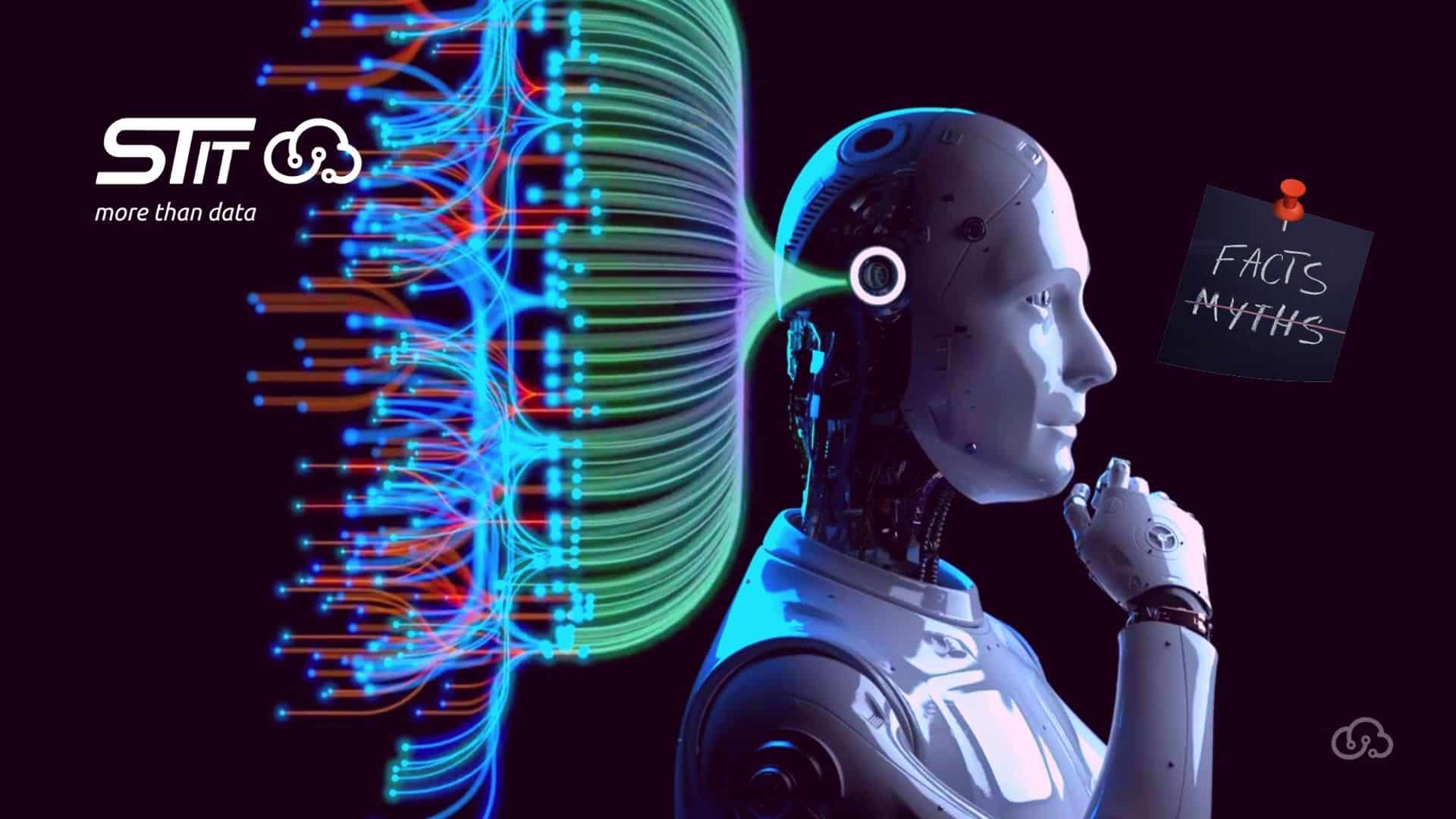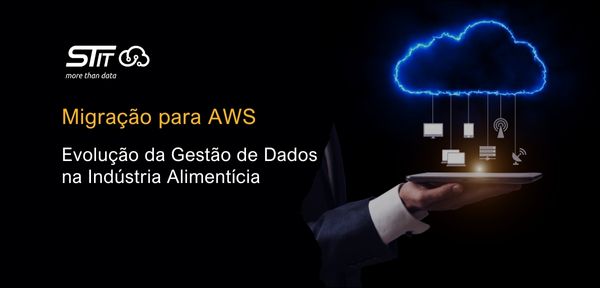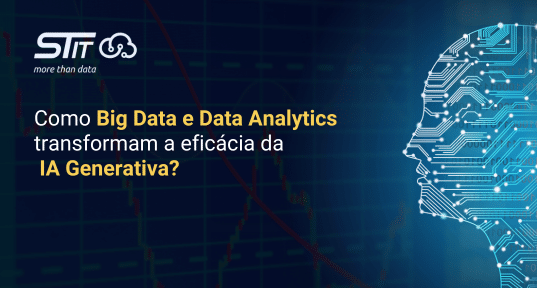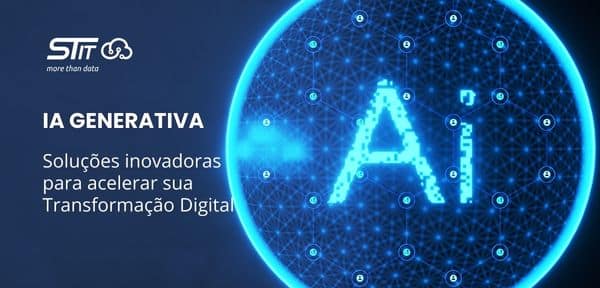DATA LAKE – DATA INTEGRATION
Data Integration is the process of collecting, combining, and unifying data from multiple sources into a standardized format for use in the Data Lake.
It involves extracting raw data from various sources such as databases, files, applications, APIs, and IoT devices and transforming this data into a format suitable for storage and analysis in the Data Lake.
It is a fundamental process for creating a robust data environment, allowing companies to make decisions based on accurate and reliable information.
True: Data integration is a complex process that requires planning, expertise and technical considerations to ensure the quality and consistency of data in the Data Lake
True:Data integration is fundamental to the success of a Data Lake, as it is responsible for collecting, transforming and consolidating data from multiple sources into a format suitable for analysis.
True:While ETL (Extraction, Transformation and Load) tools are commonly used in data integration, it is necessary to also consider other approaches such as real-time data ingestion and use of data pipelines
True:Data integration is an ongoing process as new data sources may emerge and analysis needs may evolve. Data integration flows must be maintained and regularly updated
True:Data quality is essential in data integration, as inaccurate or inconsistent information can lead to incorrect analyzes and poor decisions. Data cleansing and validation are critical steps in integration
True:While data integration can take time and effort, using modern approaches like automation and the use of scalable data pipelines can speed up the process and make it more efficient.
True: Although a Data Lake is capable of storing unstructured, semi-structured and structured data, it is important to apply a layer of metadata and cataloging to facilitate the discovery and subsequent analysis of this data.
True:While IT plays a crucial role in data integration, it is critical to also involve business stakeholders and end users to ensure analytics needs are met effectively.
True: While a Data Lake is a powerful solution, it is not suitable for all data types and use cases. It is essential to carefully evaluate specific requirements and consider other architectures, such as data warehouses, data marts, or cloud solutions, to meet data storage and analysis needs more efficiently.
True:Data integration in the Data Lake must be aligned with the organization's data governance policies. It is important to establish clear guidelines for data quality, privacy, security and compliance, ensuring that all integration steps follow these policies
Importance: Data integration is a critical element in building and maintaining an efficient Data Lake. It ensures the quality and consistency of data in the Data Lake, as it includes data cleaning, transformation and validation steps. This results in reliable and accurate information, allowing companies to make decisions based on reliable data. Another important aspect is the scalability and flexibility that data integration provides. With the ability to add new data sources and regularly update integration flows, organizations can keep up with changing analytics requirements and evolving business demands.







